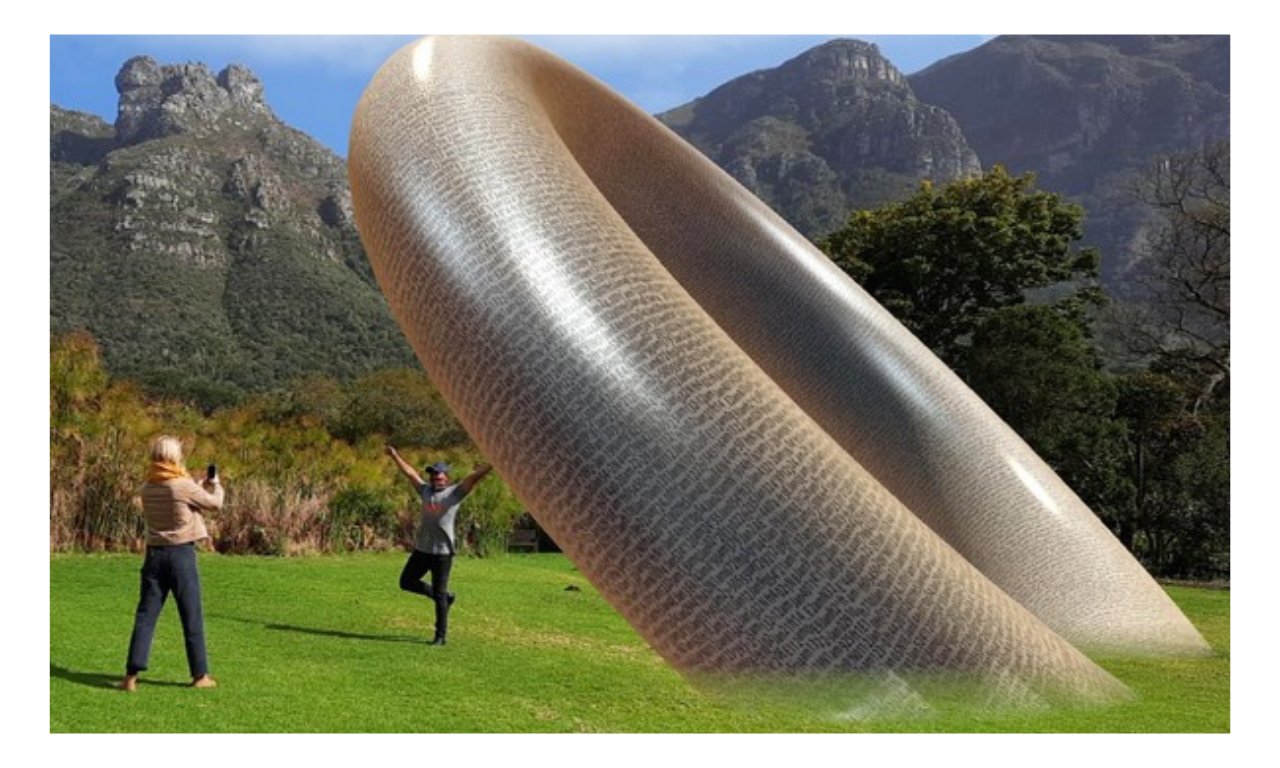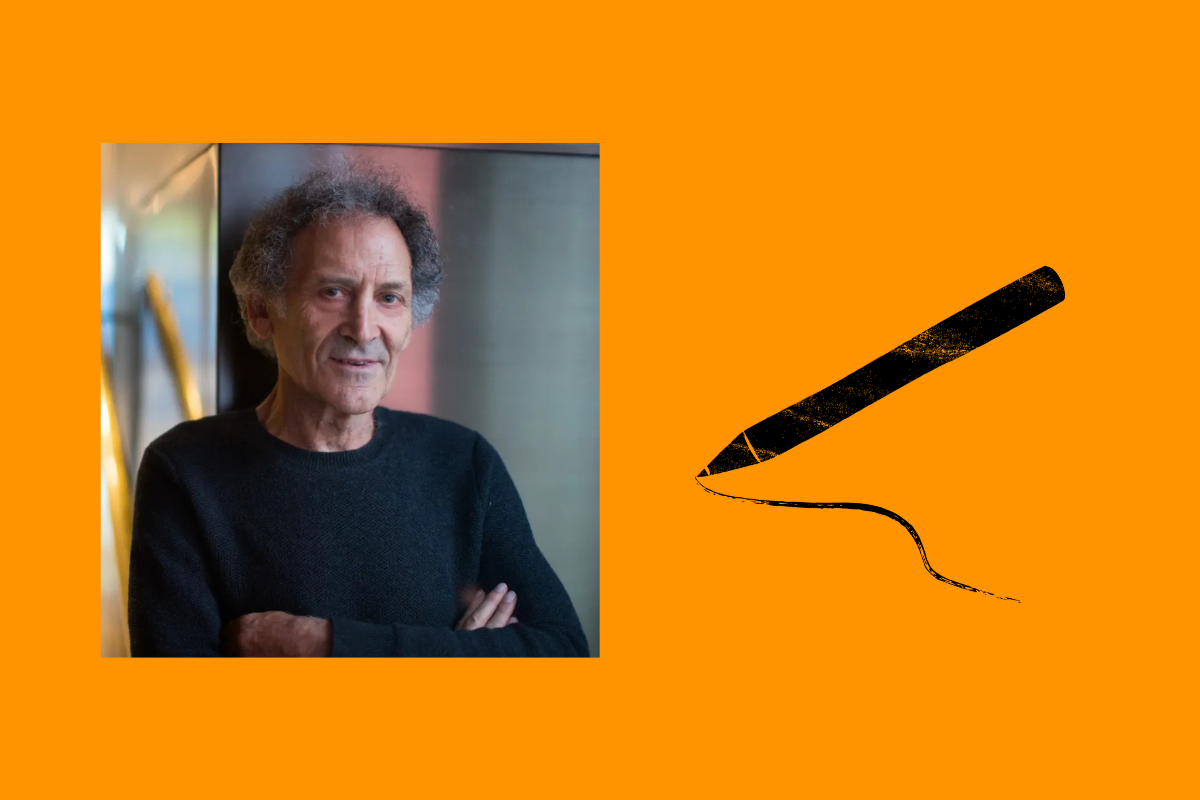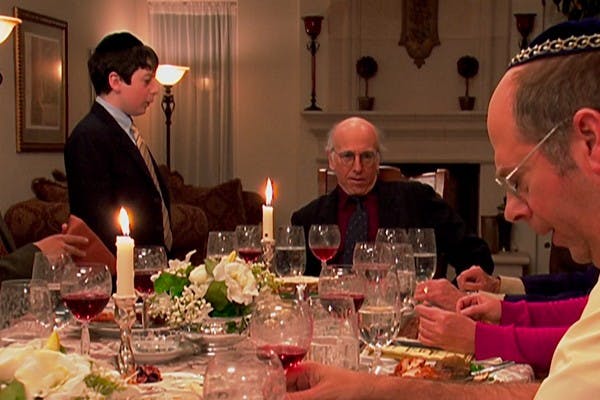Published: 18 October 2022
Last updated: 5 March 2024
A virtual reality exhibition which started in Jerusalem is now showing in botanical gardens around the world, including Australia. AVIVA LOWY talks to its creator.
Covid proved a boom for the Jerusalem Botanical Gardens. A sculpture exhibition had just been mounted as the epidemic hit, and all the galleries and museums, like most places in Israel, were closed. Because of its open spaces, the Gardens were the last place to be shut down and the first to open in each lockdown, making it the obvious destination for people craving culture. People came from all over Israel to see it.
It became clear to Hannah Rendell, Executive Director of the Gardens, that “art was really the way to bring more people to the gardens”. Flushed with success, she went back to Outset, the philanthropic fund which had supported the exhibition, and asked: what next?
“Candida Goetler, co-founder of the fund, said ‘augmented reality’. That’s where art is right now.”
In Sydney on her way to Adelaide, Rendell laughs as she says she had to go and Google-search what ‘augmented reality’ was because she had absolutely no idea.
“I was thinking, she’s lost her mind. Why would people come and see something virtual? So I wasn’t immediately gripped. Then when I started to look into it, I was like, wow, this is actually perfect for a botanical garden.”
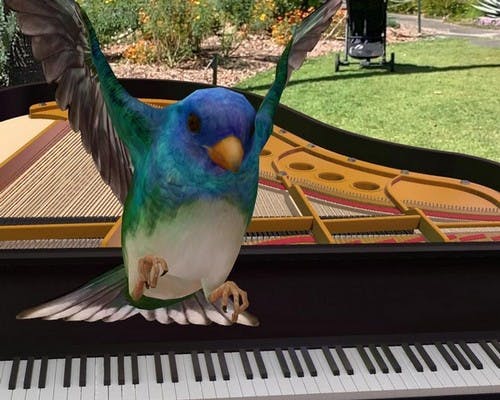
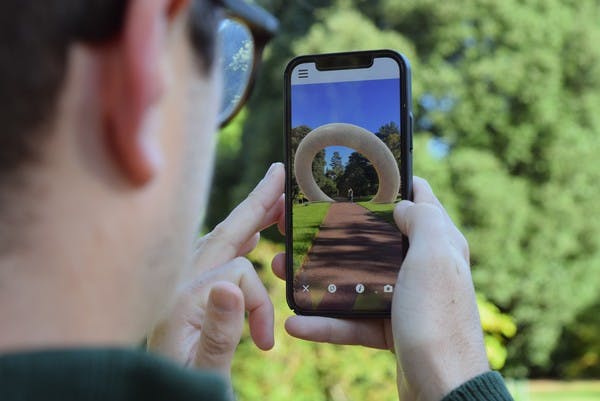
The result, titled Seeing the Invisible, features 13 international artists showing simultaneously in a dozen countries, from Israel to Scotland, north America to Australia. The virtual reality exhibition, which visitors experience using GPS, has just moved from Melbourne to Adelaide, where it will be “on show” for the next 12 months.
Rendell ticks off the pluses of a virtual exhibition: no carbon footprint in transporting works; no risk of damaging plants in moving the works through narrow areas in the gardens; no insurance costs for works exposed outdoors; and no security issues at night when the gardens are unattended.
You’re projecting a work into a garden but people in Edinburgh are seeing it in one way and people in Melbourne are seeing it in a different way, with a different landscape.
The next step was to employ two curators who span contemporary and virtual art. Together, they made a list of the artists they wanted from around the world and approached them. For most, it would be their first time working in augmented reality.
“The artists were quite excited by the idea, and the fact that it was a botanical garden commissioning them was interesting to them because it makes the project ‘very now’. We’re talking about environmental issues, climate change, biodiversity. This is the kind of grit artists like to get their hands on, and then have the excuse to learn a whole new medium along the way.
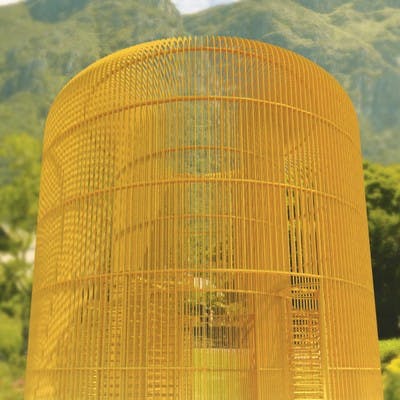
Of the final artworks, the majority don’t exist in the real world, and were conceived specifically with the Botanical Gardens in mind. Only two are modelled on previous creations, including Chinese artist Ai Wei Wei’s Gilded Cage. To convince Wei Wei to use the piece, Rendell had to “fly some of the tech team to Portugal where he lives, to project it into his garden, to have him be able to walk around his own work and change it, and say how he felt about it before we had permission to use the work in the show.”
While the artists thought about the way their pieces would be located in the Gardens, they couldn’t be too site-specific as Jerusalem was only one of the 12 gardens ‘displaying’ the creations. “You’re projecting a work into a garden but people in Edinburgh are seeing it in one way and people in Melbourne are seeing it in a different way. They’re seeing the same work of art but with a different landscape.”
Unlike most other augmented reality exhibitions, where you point and aim your mobile phone camera at a QR code, this one is done totally by GPS.
Unlike most other augmented reality exhibitions, where you point and aim your mobile phone camera at a QR code, this one is done totally by GPS. The reason for this, says Rendell, is because she wanted people to discover the gardens by taking them on a particular route and having the works appear within hidden spaces.
“With Mohammed Kazem’s big zero [titled Directions], it was funny because when all the gardens received this, we all instinctively put it on our water features. The curators came back and said no [because] you’re supposed to walk through and come out at the same place, so conceptually it has to be on the ground’.
Rendell says it was quite a sight seeing the gardeners preparing for a work that isn’t physically there.” Just like any exhibition space, you prepare everything to show the work as best as it possibly can. You’ve got the gardeners mowing the lawns and cutting the bushes, making sure there’s an entrance area where people can walk around, making sure of the safety of an area.”
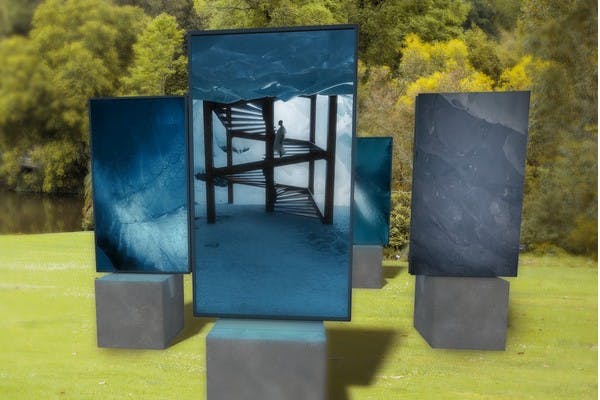
Maintenance of the exhibition sites was also a consideration, especially with the Ai Wei Wei piece where people walk around in circles, potentially creating a bald spot which might require the grass to be replaced. “You walk inside and the revolving doors make a sound and you walk around it. When you’ve had enough you can walk away. But people don’t. They go back to the exit. They continue walking around as if they are trapped inside,” says Rendell.
While some of the AR pieces appear just as a real physical sculpture, with viewers able to walk around and admire a static artwork, others take full advantage of the available technological wizardry, and become much more interactive.
Forget Me Not, by Israeli/UK artist Ori Gersht, looks like a 3D reconstruction of a 17th-century Dutch painting of flowers. As the viewer approaches, their proximity triggers an explosion of petals with a bang. “You see people jump back, and then it falls around them. You have people up and down on the ground like trying to chase butterflies that aren’t really there on their phone and that becomes a very interactive piece.”
Watching people jumping about and exploring thin air while glued to their phones, might put you in mind of Pokemon Go, the craze from 2016 which allowed players to catch virtual creatures in their own city locations. The app was downloaded around the world more than 500 million times! Did Seeing the Invisible also result in increased visits to the gardens?
Rendell says it has been difficult collecting statistics on attendance, as most gardens are free and have multiple entry points which aren’t usually monitored. Even obtaining figures for the numbers of people downloading the app was not easy because of the different way the App Store reports on Android and iOS use. “It’s very complicated, but we imagine about a million people have visited the exhibition so far, which is a number you’d never get to with a static exhibition. That’s really exciting!”
It was such a success that, a year after opening, they decided to run it for a second year. This time there are 10 gardens showing the works: five of the originals that wanted to continue, including Jerusalem, and five new venues, including Adelaide’s Botanic Gardens which takes over from Melbourne.
“Our Australian partnership has been absolutely awesome” says Rendell.
While all the gardens jumped on board, “Melbourne was one of the gardens that was the most communicative the whole way through the year, like ‘this isn’t good enough. This could be better. Maybe we could try this.’ And it felt excellent because it didn’t feel like Jerusalem was selling a [finished] product to all these gardens.”
During the first year, an educational component was created linking each of the artworks with suggested activities and workshops. They included singing with the invisible, drawing with the invisible and even dancing with the invisible. The last of these resulted in a flood of videos from kids around the world breakdancing next to Daito Manabe’s crazed dancing figure. This year the organisers will release a call to action every month around one of the artworks, and the gardens will be encouraged to hold concerts and events around that month’s theme. Then everyone will share.
Beyond the staging of this huge and unique art event, the experience has forged a community among the participating gardens. “One of Jerusalem’s ideas for next year is that we start travelling physical exhibitions throughout some of the partner gardens. Each year a different garden will have a physical exhibition that they’ve created, especially for their garden, which will travel all around.
“So one artist from Israel will have their exhibition go throughout Melbourne, then to Singapore, Greece and go around in the same way. Then we will have a 10-year exhibition calendar all sorted.”
Seeing the Inivisible is on at the Adelaide Botanical Gardens until September, 2023.
Photo: Directions, by Mohammed Kazen
